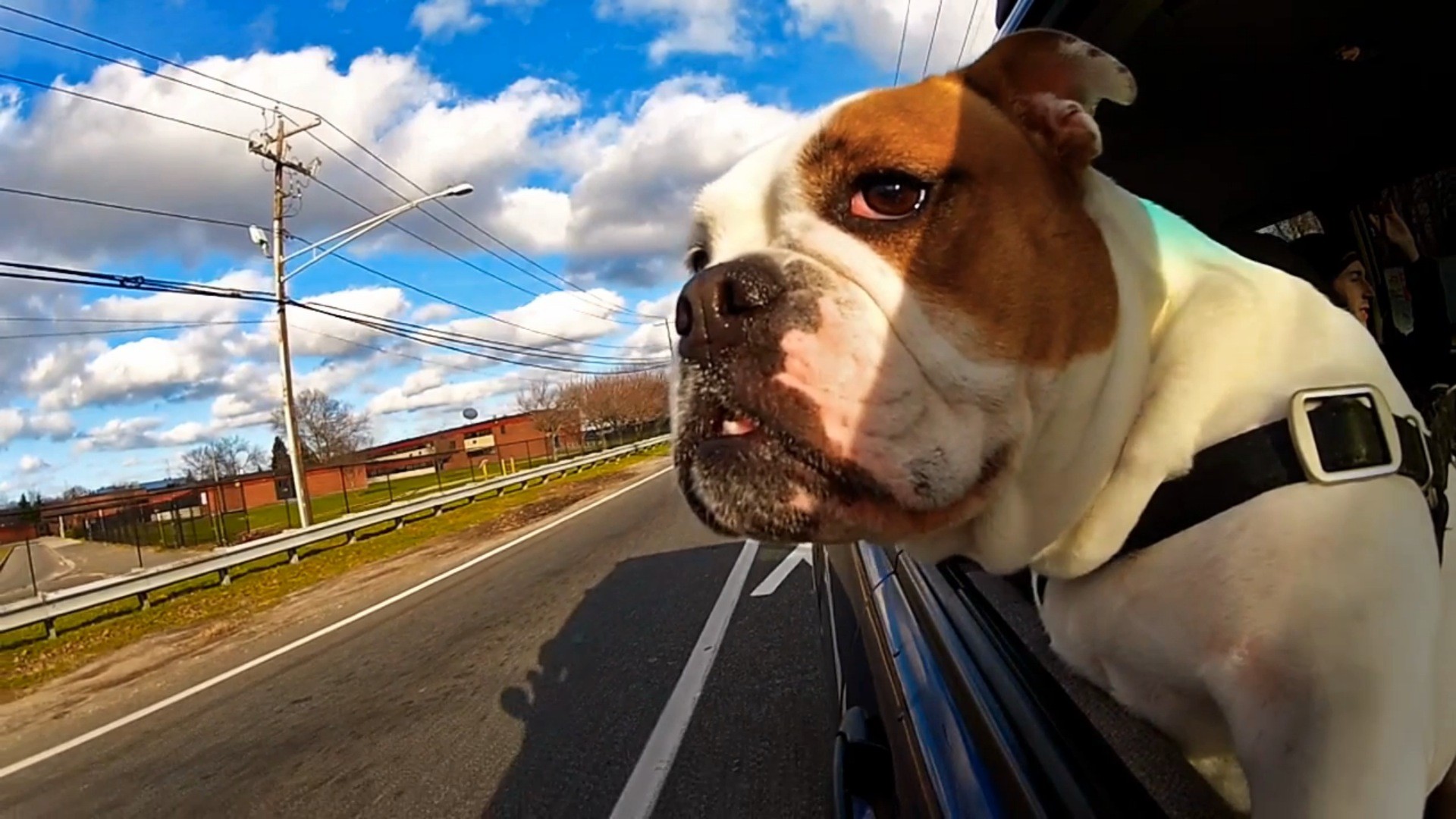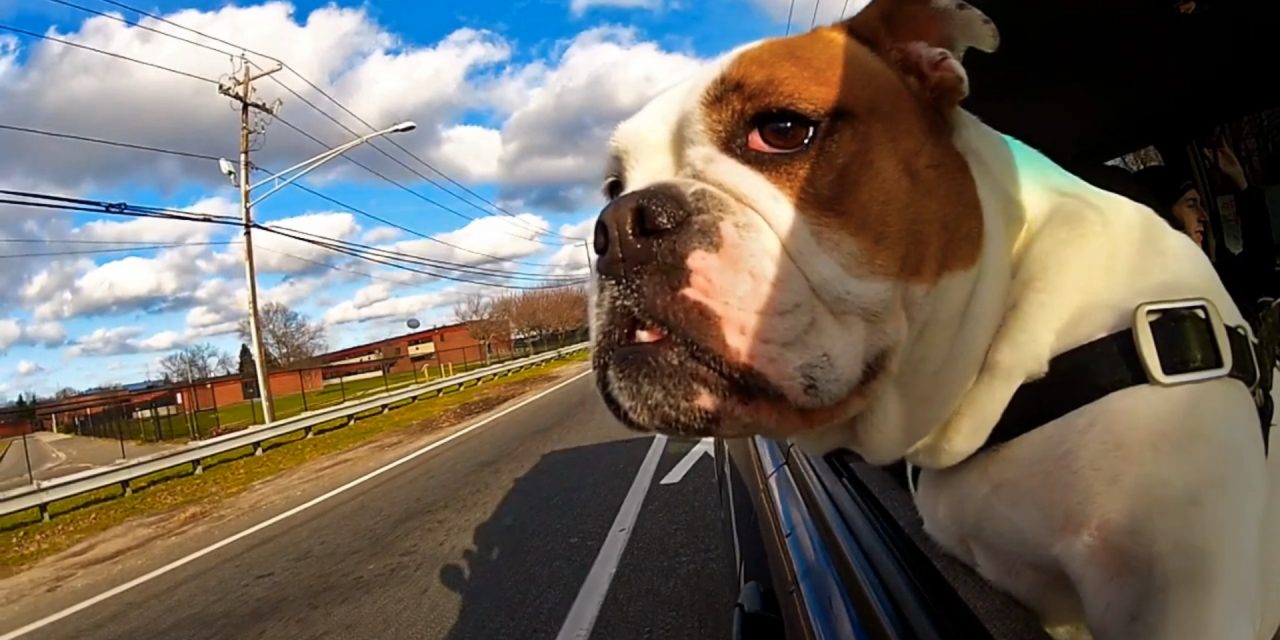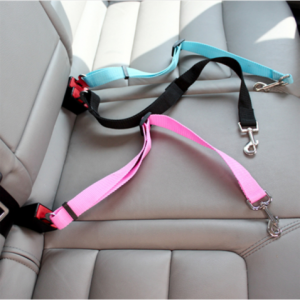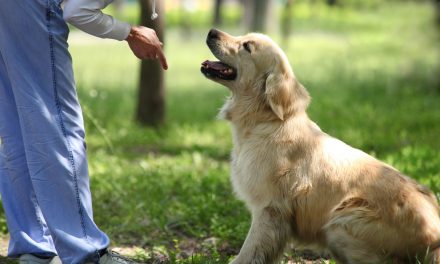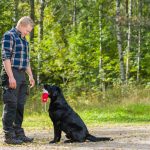A dog is a great constant companion around the home, but Rover will love joining you on road trips-short or long as well.
If you’ve tried taking your dog along in the car before and met with bad results, don’t give up. It might take a little longer to help your pet feel comfortable after a bad experience, but you can train your dog to ride quietly in the car. It requires foresight and patience on your part, but the rewards are worth it.
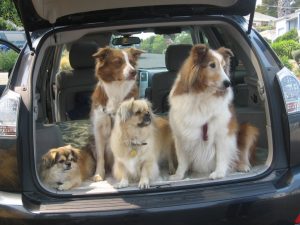
What kind of personality does your dog have?
Is she a confident, mellow pooch or a high-energy, somewhat fearful animal? Consider, too, your relationship with your dog.
Does she see you as the pack leader and obey your commands?
Both of these factors have an impact on how much work you’ll need to do before the two of you hit the road. A dog that is calm by nature and obedient will more quickly adjust to sitting still in a moving vehicle. On the other hand, a “hyper” animal that doesn’t respond to basic obedience commands requires specific training to ensure her (and your) safety in the car.
An uncontrolled animal is a serious car accident waiting to happen. It is important to keep your dog confined to one area of the car. This might be the back of a truck or SUV, a kennel, or simply sitting on the seat, secured by a safety harness designed for use in cars.
If you are serious about taking your dog in your car, you need to have a look at some good safety aids first. If you plan on using a safety harness, introduce it to your dog outside of the car. Let her sniff and otherwise investigate it. Drape it over her and praise her when she stands quietly. If she shakes it off and runs, try again using treats and only placing it against her, so she gets the feel of it.
Once she accepts having it placed over her, let her wear it while you take walks or lounge at home. Be sure to give her treats and verbal praise whenever you put the safety harness on her. You want your dog to associate the harness with positive things.
The same holds true for car rides in general. If the only time your dog rides in the car is to go to the vet’s office, she’ll associate the car with an unpleasant experience. Once your dog is used to sitting confined in the car, take her for short rides. If she has gotten carsick in the past, drive slowly along as straight a path as possible. Take her for a ride at least once a day, slowly increasing the distance and speed. Talk to her in a happy voice as you go, and give her a treat before you take her out, so she connects the car ride to something yummy.
The sights of a dog with her head out the car window, nose in the wind, makes just about everyone smiles. Smell is your dog’s best sense. With the window down, she’s picking up all kinds of new, interesting smells. This stimulating experience is fine at slow speeds for short distances, be careful about letting your dog make it a habit. While dogs love the feel of the wind in their noses, dust and debris can cause respiratory problems.
